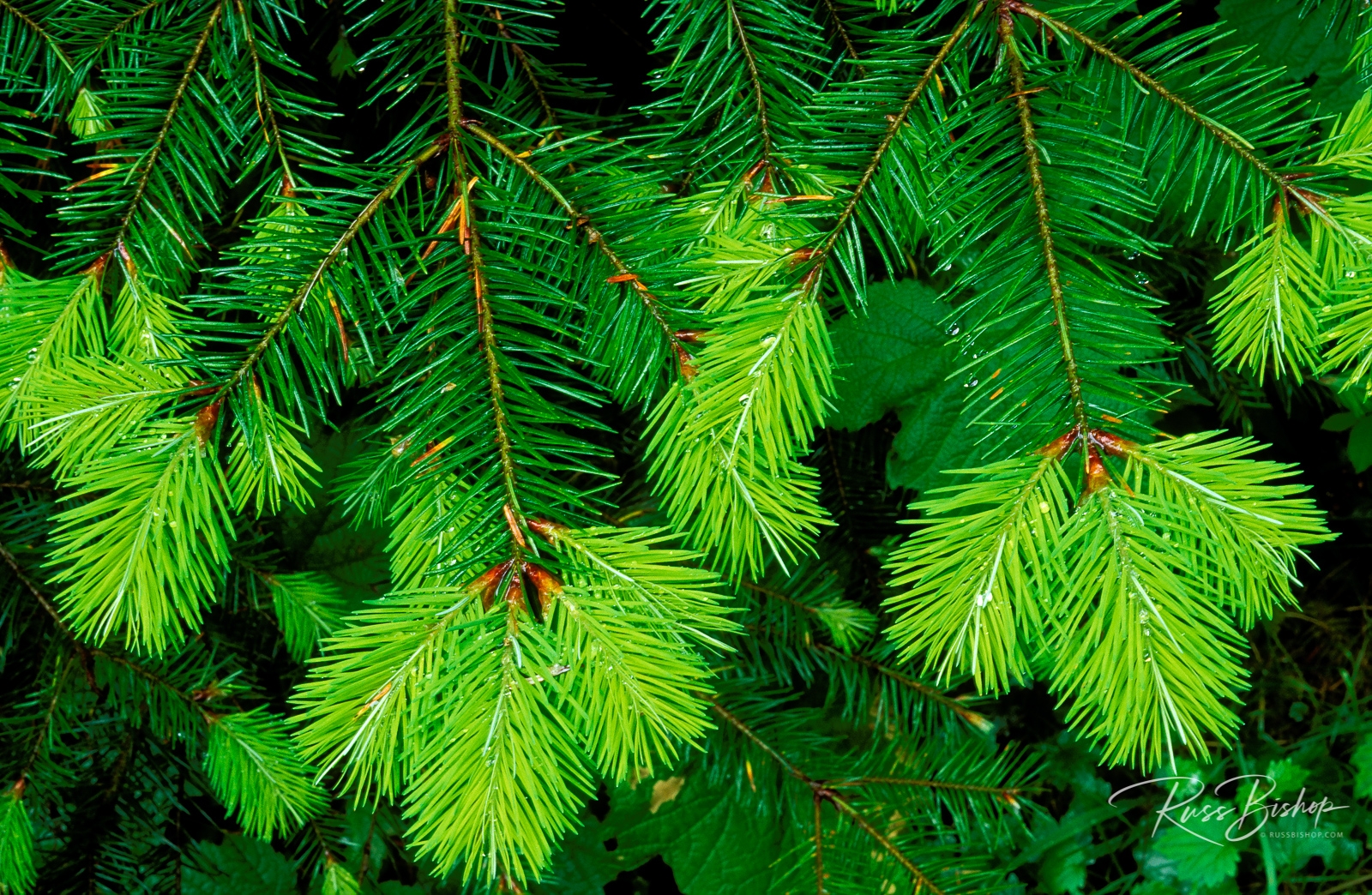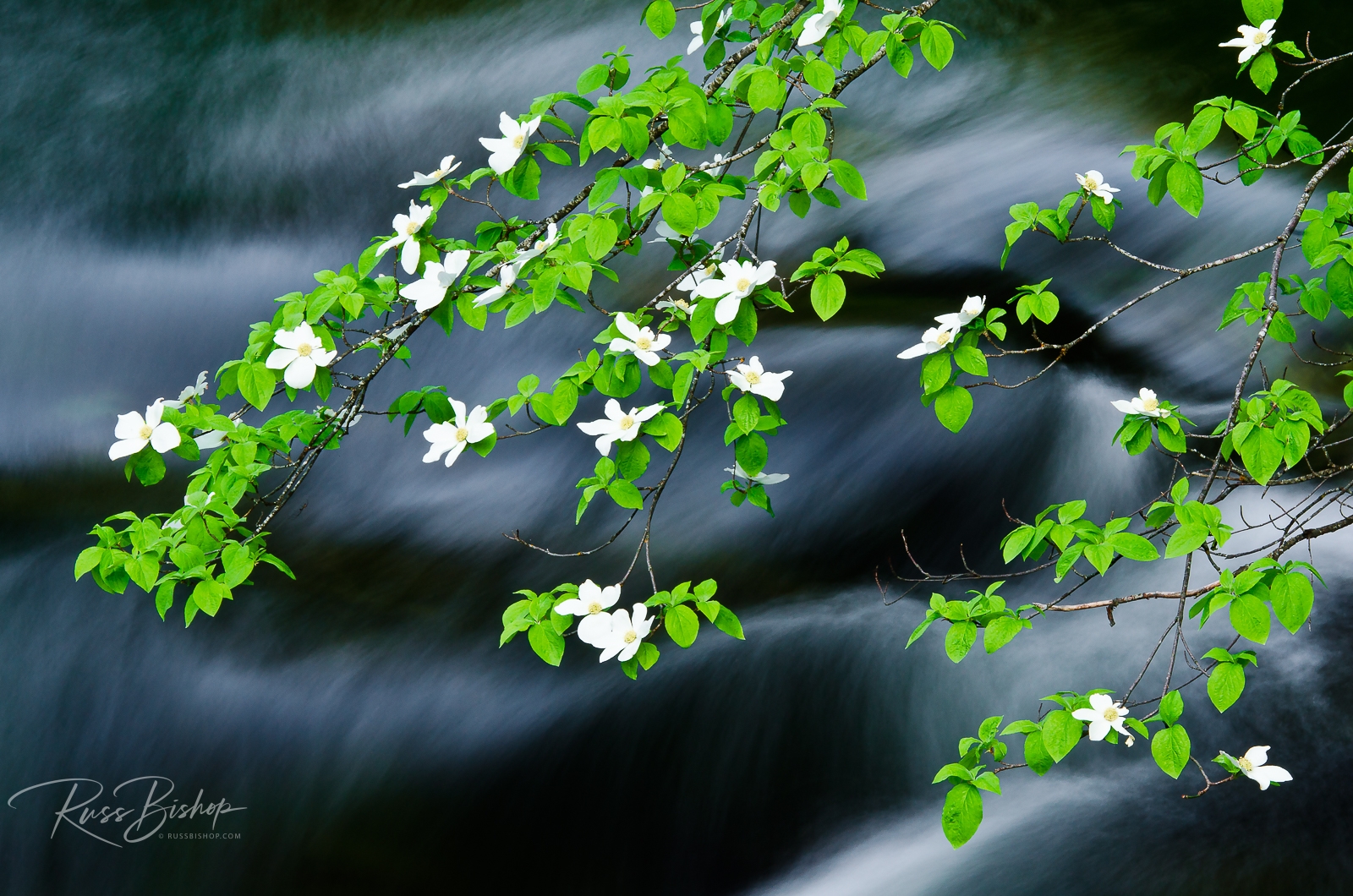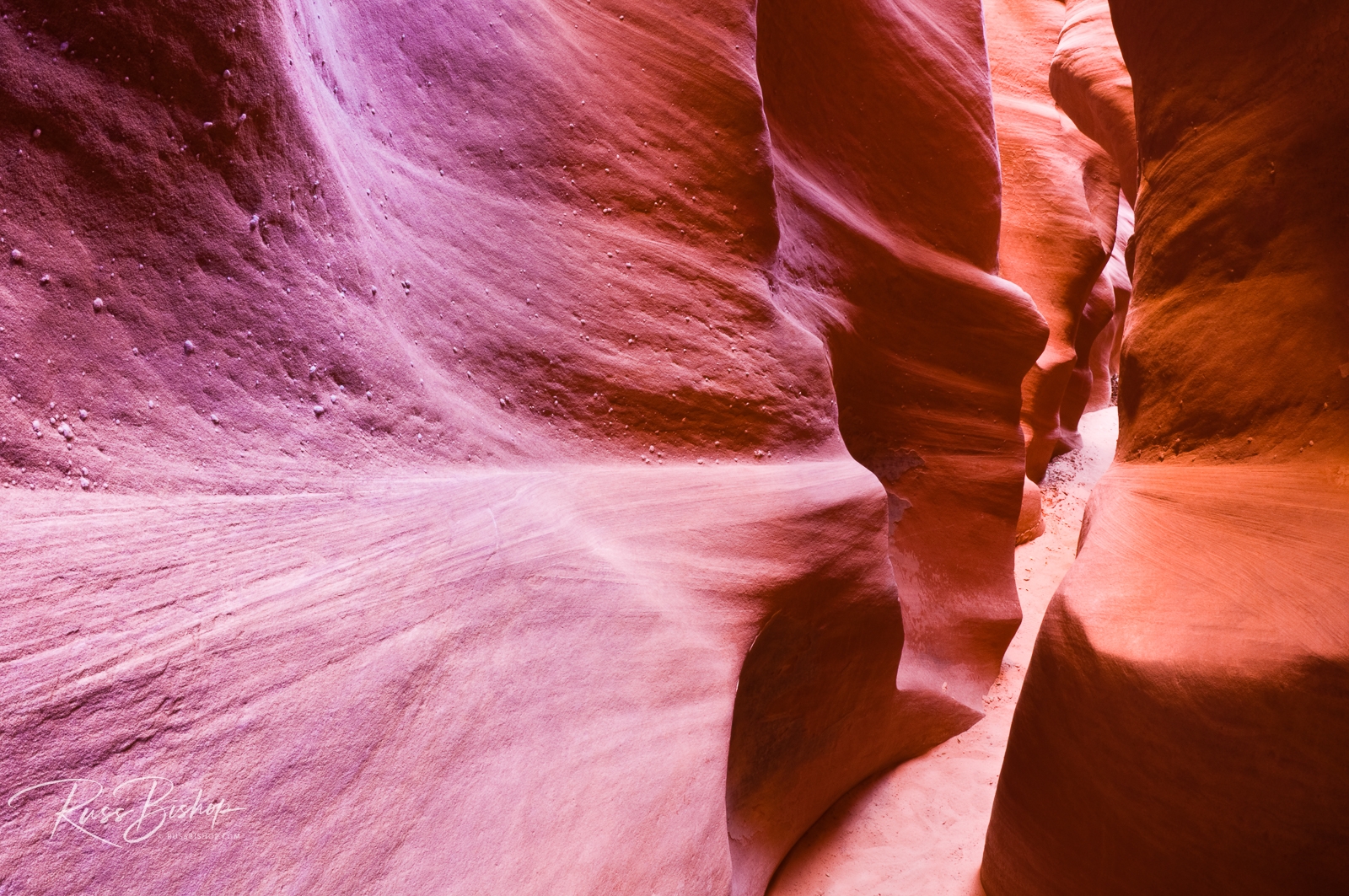
Grand landscapes are the cornerstone of most outdoor photography, but when we focus on the singular image it’s easy to overlook a key element in visual storytelling and a golden opportunity. The details.
When the light is dramatic we are often transfixed and it’s only natural to want to capture the whole of nature’s beauty before us – whether it’s a fiery sunset that fills the sky or a hillside covered in golden autumn hues. The mantra is often “go wide” as we reach for our ultra-wide lens to take it all in. But it’s important to remember that the big picture is just one element in conveying the emotion that we felt at the scene, and sometimes less is more.
The details, which often lay at our feet and are so easily overlooked, not only create a continuity in telling the story of a particular location, but can result in images that stand quite well on their own. Once you’ve captured that big beautiful landscape take another look around before leaving the scene – this is the perfect time to focus on the little things.
“Sometimes you can tell a large story with a tiny subject.” ~Eliot Porter
©Russ Bishop/All Rights Reserved


